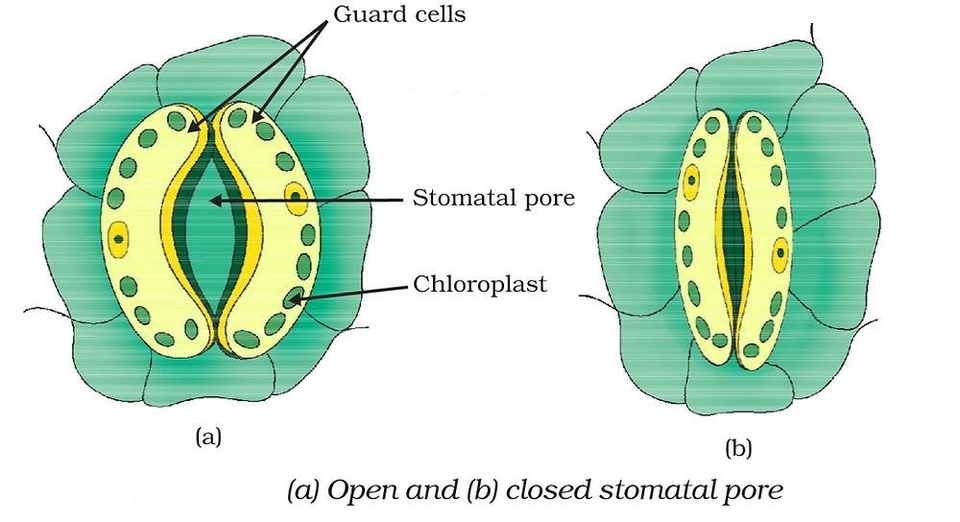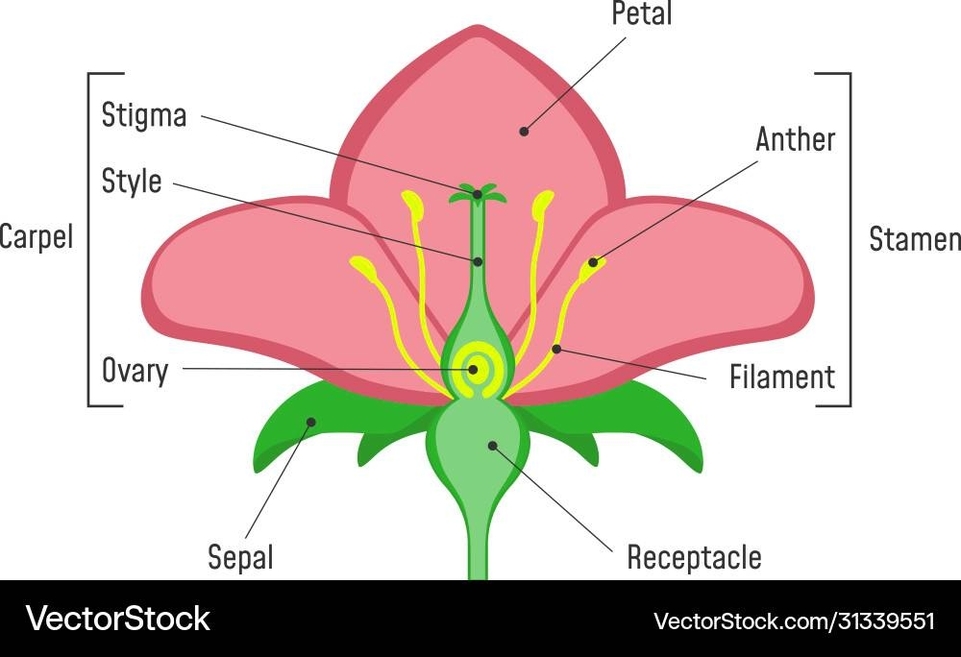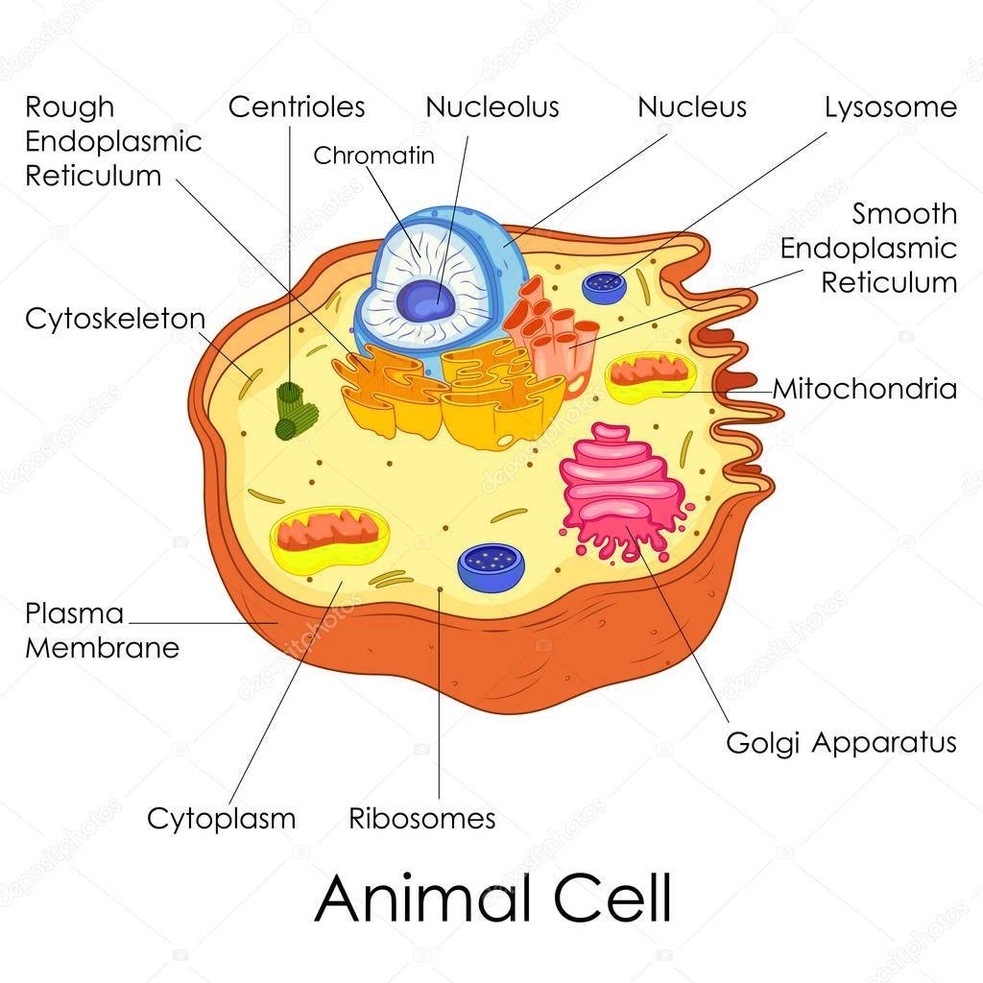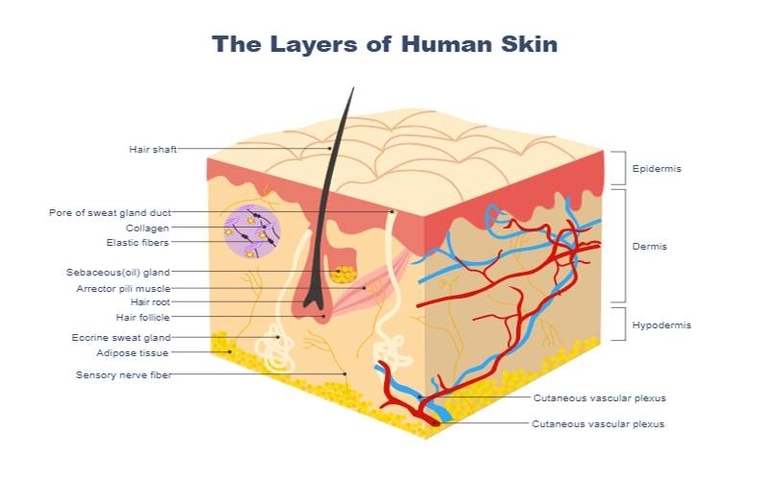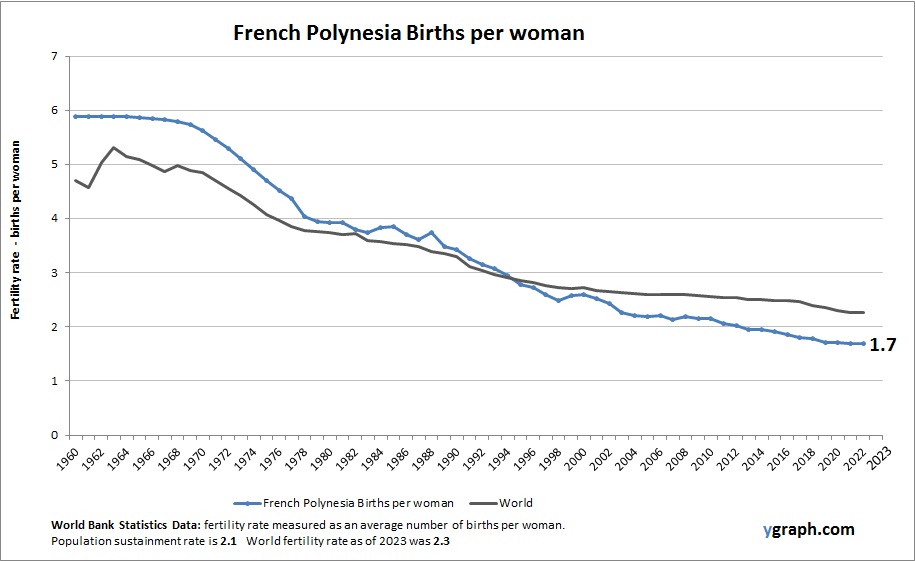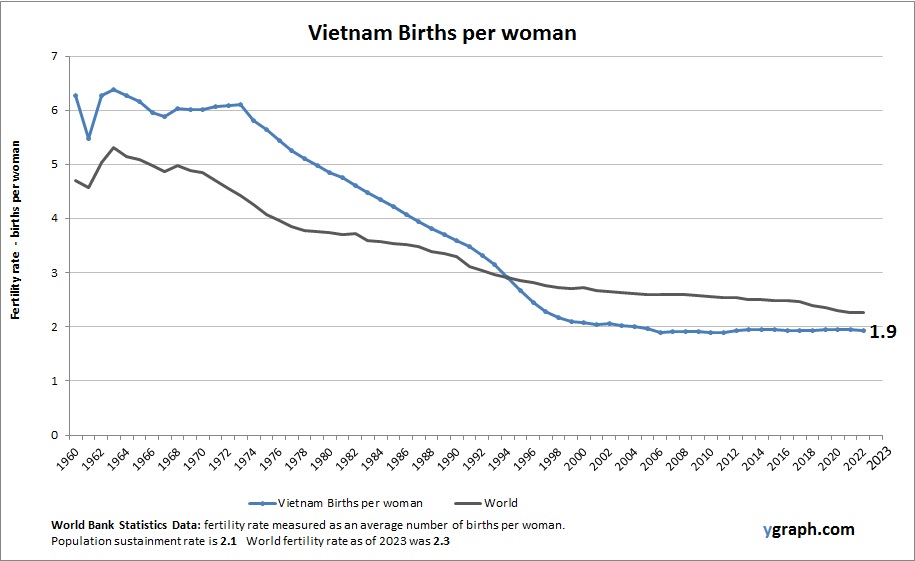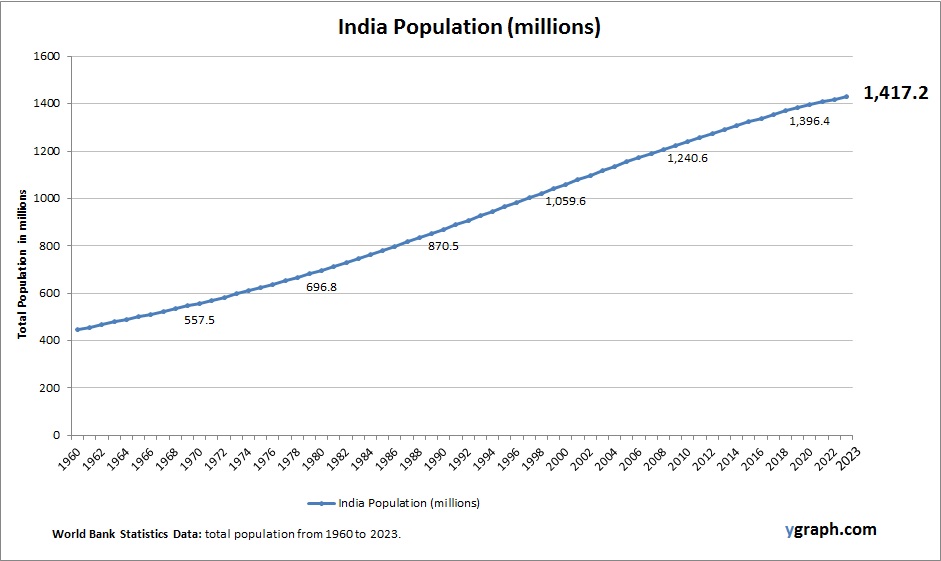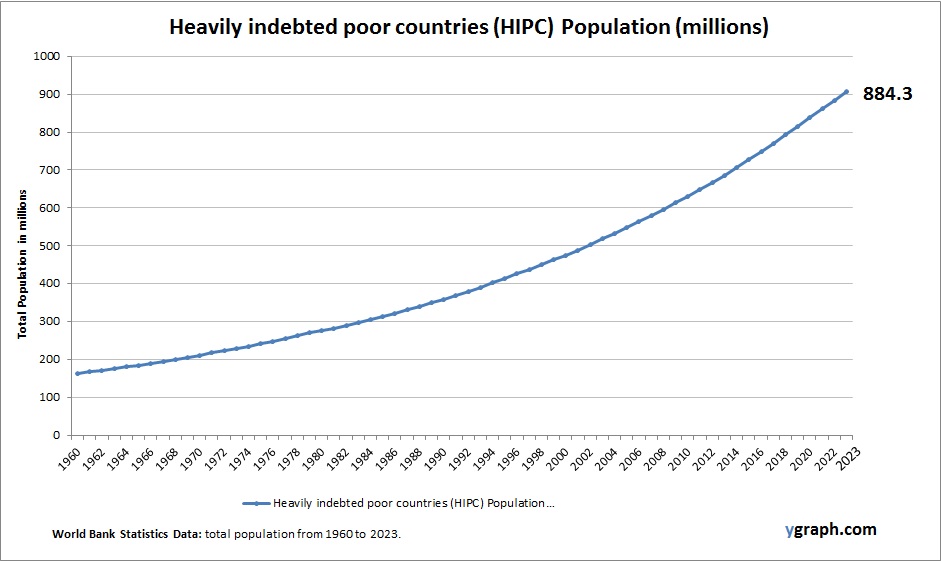Open and Closed Stomatal Pore: Stomatal pores on leaf surfaces regulate gas exchange and water loss in plants. When open, stomata allow the intake of carbon dioxide necessary for photosynthesis and the release of oxygen and water vapor through transpiration. In closed states, which occur during water stress or high temperatures, the pores help conserve water by preventing evaporation. Guard cells on either side of the pore change shape to open or close the stomata in response to environmental cues. Diagrams depict both states, highlighting the dynamic role of stomata in plant physiology.
